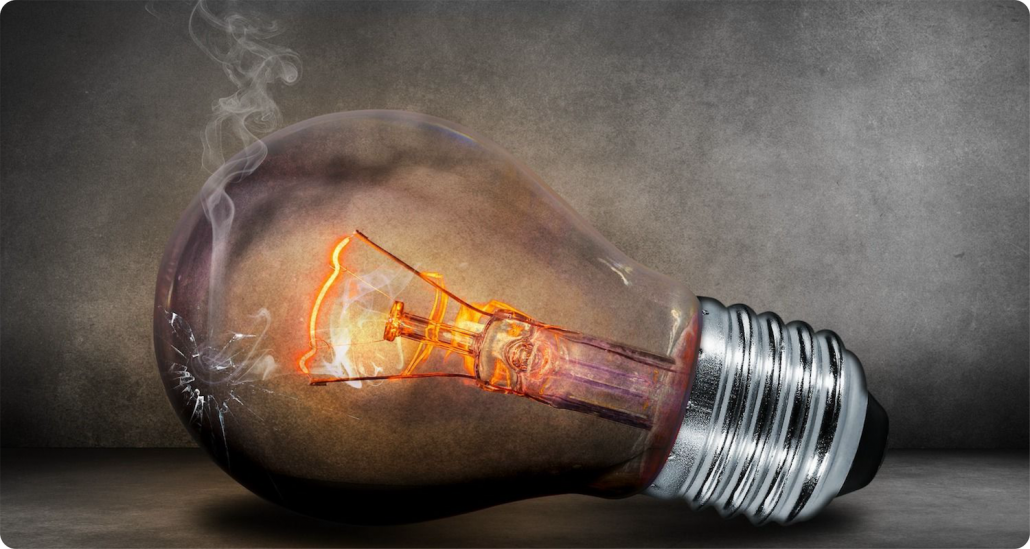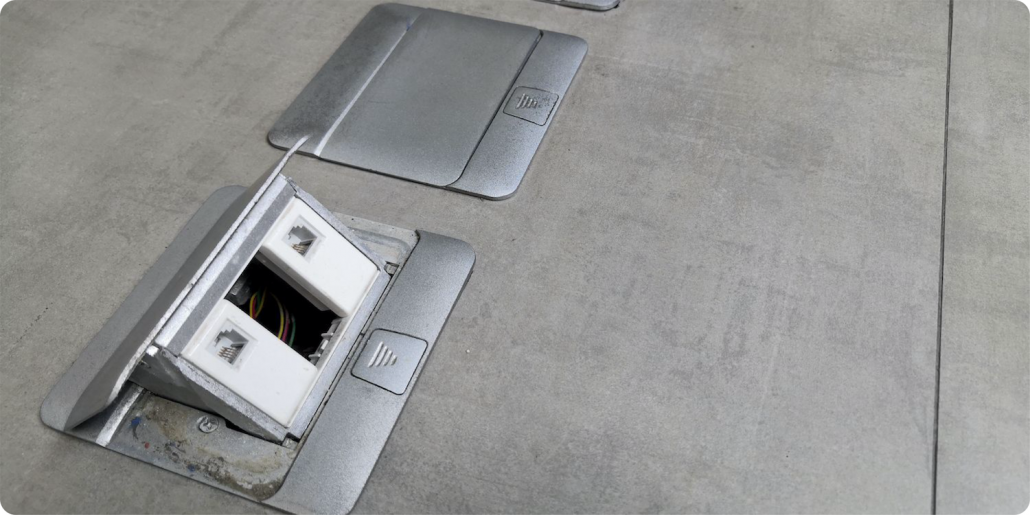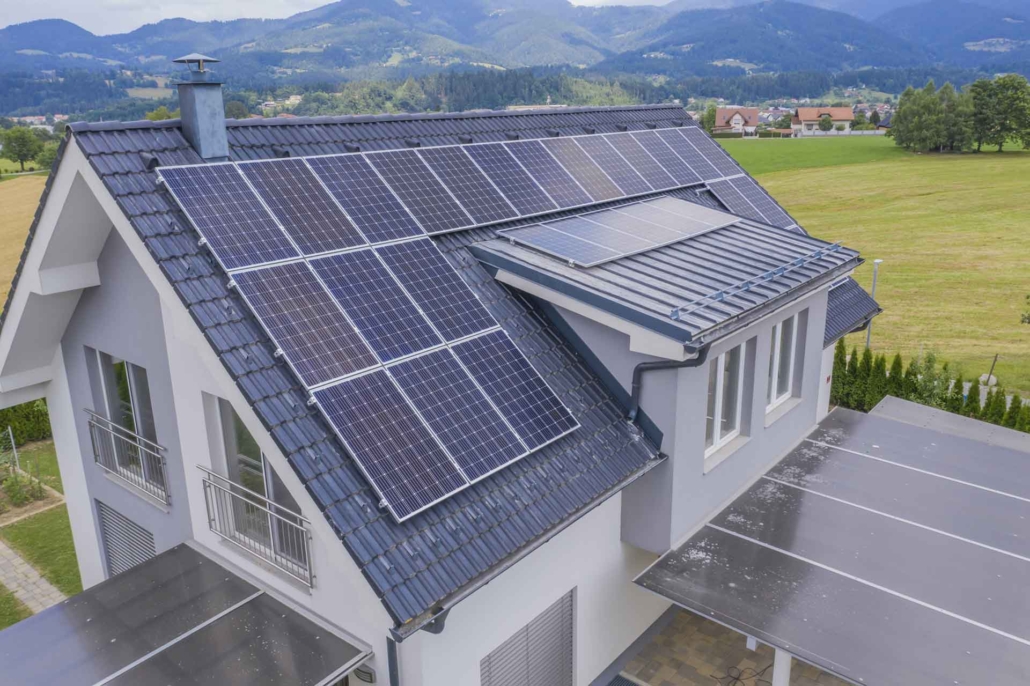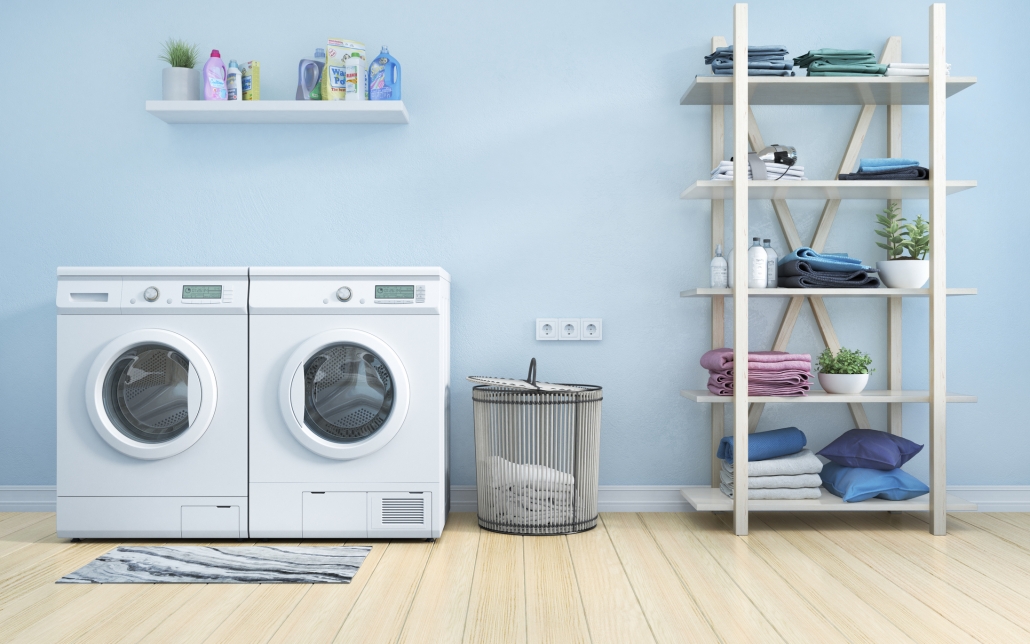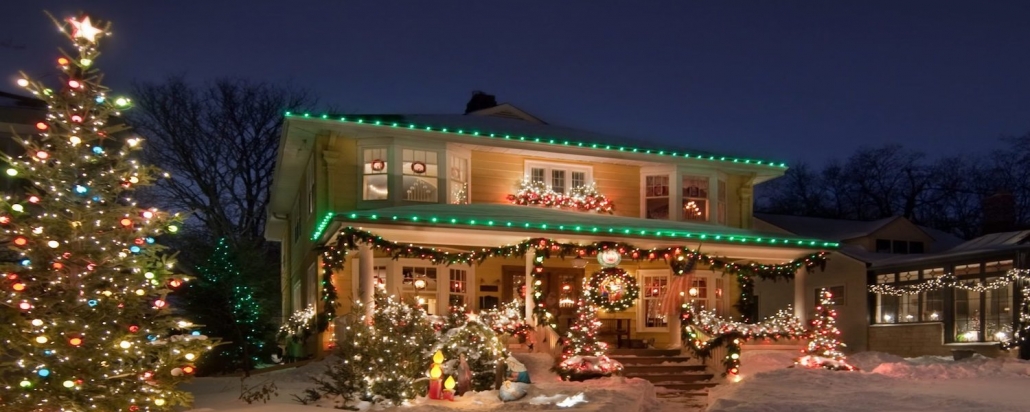December 16, 2020 | Cristina Dinulescu
The winter holidays are almost here and you probably already feel the need to deck the halls. Even though decorating your home for Christmas is fun and exciting, you don’t want to get carried away. Safety always comes first, especially when it comes to outdoor Christmas lights. There are plenty of safety measures you can take in order to enjoy the decorating process and the end results worry-free.
Setting the mood for Christmas is most easily done with holiday lighting. However, this is also the most dangerous, as Christmas lights could easily put your entire home at risk. According to the National Fire Protection Association, between 2012 and 2016, the fire departments had to respond to 170 home fires each year, caused by Christmas trees. 43% of these fires were caused by either lighting equipment or electrical distribution.
Unfortunately, these tree fires result in an annual average of 15 injuries, $12 million in property damage, and even death. It’s true that outdoor lighting is not usually used to decorate something as combustible as the Christmas tree. However, this doesn’t mean that it can’t still pose a threat if the equipment is damaged or the circuits are overloaded. So when planning your Christmas decorations, here are five safety tips to keep you, well…safe.
1. Use The Right Outdoor Christmas Lights
Using seven-volt light bulbs is not the best of ideas and you might want to avoid them. It’s true that they are bigger, even brighter, but they also burn much hotter than usual Christmas lights. One of the main causes of Christmas fires is placing big bright bulbs too close to gutters filled with dried-out leaves.
It is important to check if the strings of lights installed outside have fuses on the lines. These fuses might be located in the actual plug. Additionally, if your string of lights has a blown bulb you need to replace it using one with the same wattage.
Another thing to check is that the Christmas lights you plan on hanging on the house are indeed meant to be used outdoors. Indoor-rated lights might not withstand the weather conditions and they might break down much faster. You should always choose waterproof lights, and there is a variety of such lights available on the market today.
Pay attention that the water-resistant lights you choose come with a tag marked Underwriters Lab (UL). This tag lets you know that the lights meet the national industry standards with the American National Standards Institute. It’s not just the Christmas lights that need to be rated for outdoor use, but the extension cords as well.
In order to be safe, you need to use Christmas electric equipment and lights that have been verified and approved by a reliable testing laboratory like UL or ETL. Check for either one of the logos on the packaging. If you cannot find one of the two logos, it might not be a good idea to use them.
2. Fasten Your Outdoor Christmas Lights
It is important to fasten your lights to a stable mounting surface when running wires outside. Still, you might want to avoid using nails or staples because wire insulation can be pierced accidentally and this can cause shorts or hard-to-find breaks.
Plus, a wind-blown wire can have its insulation worn away while rubbing against staples or nails, and this can also increase the chances of a short circuit or fire risk. Instead, you can use plastic light mounting clips or hooks.
You need to keep your lights and wires clear of electrical service lines that connect to your house when stringing them. Use only outdoor-rated extension cords and make sure the plug unions are protected against moving or getting wet.
3. Install Them Correctly
Proper installation is one of the most important steps when it comes to outdoor Christmas lights. It’s not a good idea to tap into your home’s feeder line to power your Christmas lights. Also, don’t hang decorations on it. To secure the Christmas lights, make sure you don’t use nails, metal staples, or tacks. Insulated hooks are a far better option and also, try to avoid stringing your lights tightly. This way you will avoid causing damage from the wind. Avoid installing the lights on outside trees that come into contact with power lines.
Try not to connect more than three light strings to one extension cord. GFCI-protected outlets should be used outside. And when trying to remove the string of lights, don’t pull the wires. This might cause the wires to break free from the sockets, breaking the bulbs in the process.
If you have a complex display or lights that cover your entire house and yard, it might be a good idea to resort to professional installation. Get a licensed electrician out there who can help ensure the installation is done correctly and safely.
4. Be Cautious When Hanging The Lights
Apart from the electrical hazard, outdoor Christmas lights have the added risk of falling when installed on the roof or at certain heights. Make sure you use a good ladder. To be extra safe, you might want to have a second person give a helping hand.
Unfortunately, this aspect is often overlooked by many when hanging Christmas lights on the house. An average of 5,800 injuries caused by falls occurred during the installation of Christmas lights were registered between 2000 and 2003. 43% of those injuries took place on the ladder and 13% on roofs.
Set your ladder on stable ground and about one foot away from the wall for every four feet the ladder reaches up. If possible, have someone hold the ladder for you. And most importantly, of course, don’t drink and climb the ladder.
5. Keep Your Tree Watered
Of course, the best way to prevent a fire is to keep the light strings in good shape and avoid overloading the circuits.
Still, a combination that can prove to be deadly is that between electric lights and a tinder-dry tree. Many people like decorating trees in the yard, the driveway or just in front of the house. Some of these trees can get really dry. According to theU.S. Fire Administration, each year, 250 Christmas tree fires take place, as well as 14 related deaths. So, make sure your tree is well-watered in case you notice it’s getting dry.
And remember, the NEC code allows you to keep your Christmas lights up for a limited time of 6 months. This is because of the quality of the cord and sockets. There are specific types of cable that are allowed to be installed as a more permanent lighting. This is usually found in a festoon lighting.






